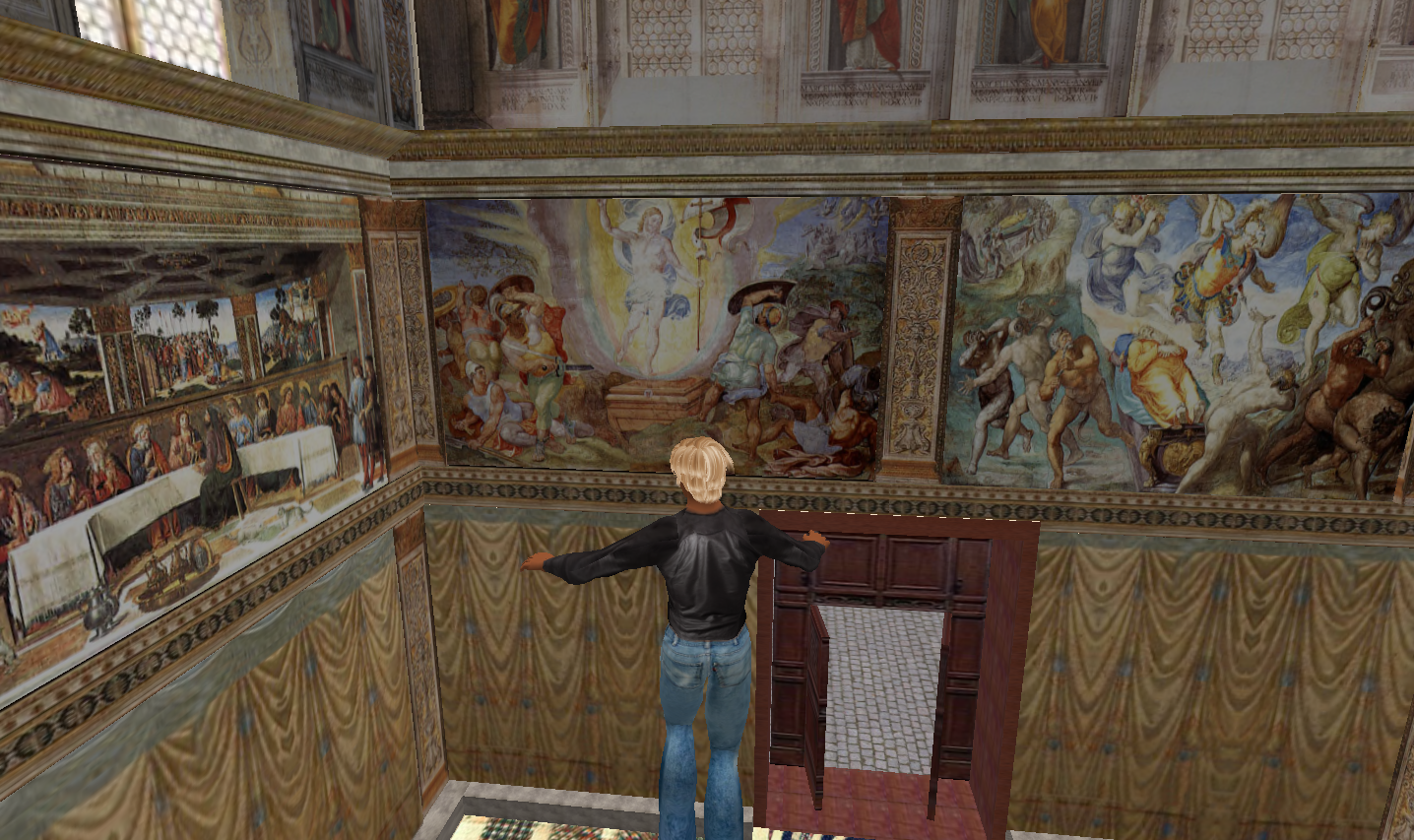Sistine Chapel Discussion
This past Tuesday in class we visited a recreation of the Sistine Chapel, which is the official residence of the Pope in the Vatican City. Michelangelo painted 12,000 square feet of the chapel ceiling between 1508 and 1512. The ceiling of the chapel and the Last Judgment painting are believed to be Michelangelo’s best paintings throughout his life. Through a little research I was able to find that Michelangelo resented the commission for his artwork, and believed his work only served the Pope’s need for grandeur. Grandeur is a form of dignity. Another interesting fact is that most of the paintings inside the Sistine Chapel were done with a technique and style called Fresco which consists of painting in pigment mixed with water on a thin layer of wet, fresh, lime mortar, or plaster.
During the discussion of the Sistine Chapel and paintings inside, we were introduced to a few definitions that we would be required to understand and comprehend throughout this course. I chose two definitions for the painting of the Resurrection of Christ. These terms were Lighting and Asymmetrical Balance. Lighting is the deliberate manipulation of light to increase emotional or visual impact through value. You can see lighting in the image all around the body of Christ because he is the emphasis in the photo.
Asymmetrical Balance is a visual equilibrium achieved by adjusting such qualities as the scale and placement of elements in different parts of a composition.

When discussing in class about Asymmetrical Balance I was actually mistaken in the interpretation and it does not exist in the painting of the Resurrection of Christ. A great example is found in the following photo of Johannes Vermeer called Young Women With A Water Jug.

Anthony Said,
July 14, 2009@ 10:59 am
Great post!